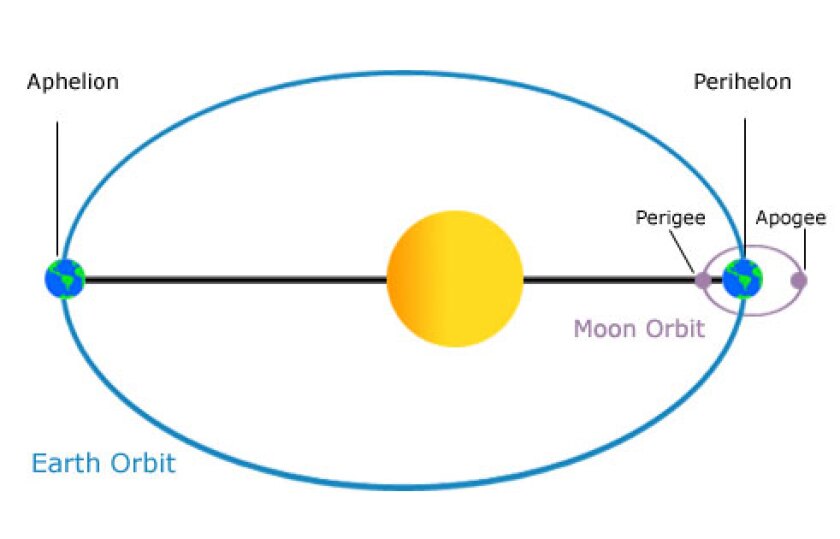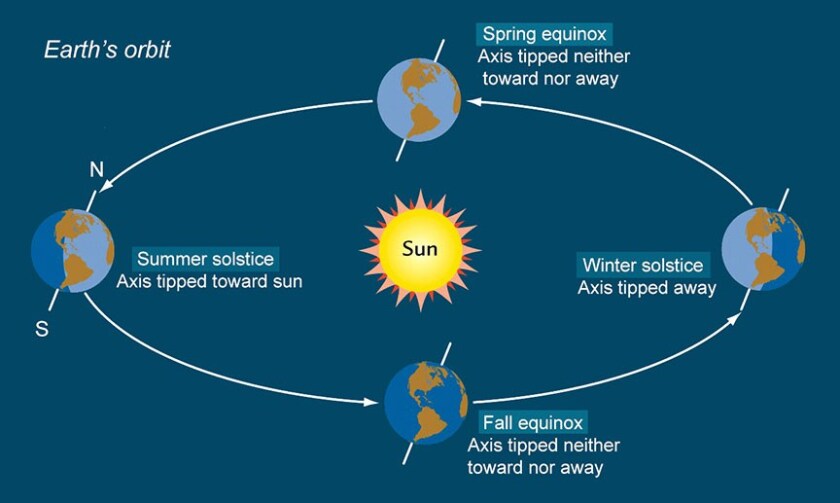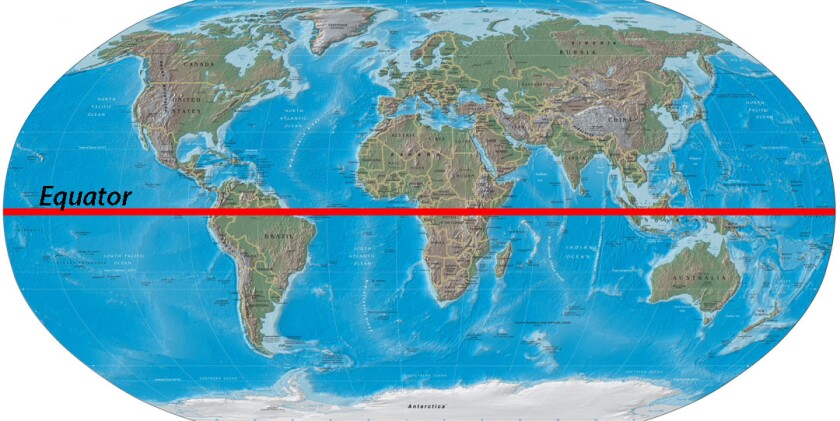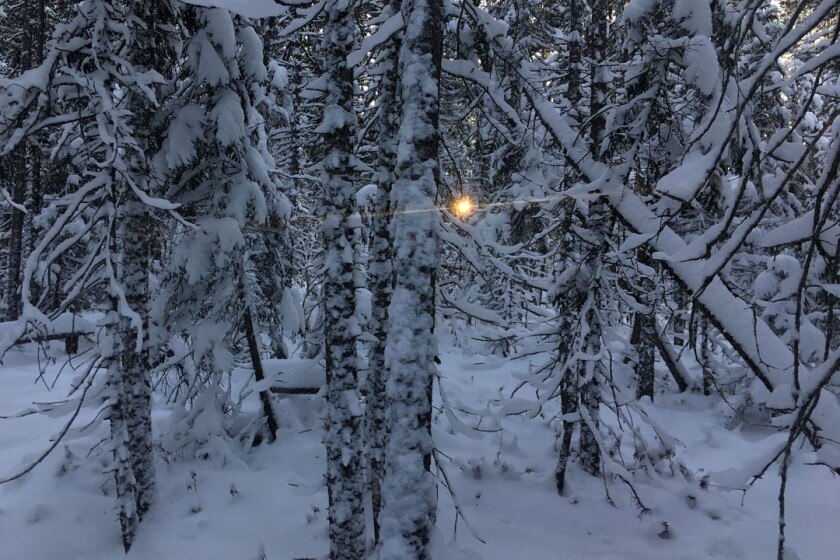We have a woodstove in the basement that I like to feed during the winter. When fully stoked, it radiates heat like a second sun and chases away even the most stubborn chills. You could say I orbit the stove. Each time I add wood, the fire is close and intense. But when I walk back upstairs, the cool slowly creeps back. Every hour or so, I happily return to its bone-soaking warmth to add more wood.
ADVERTISEMENT

Earlier this week, we learned that the moon's orbit is elliptical, which causes its distance from the Earth to vary over the course of its orbit. Earth also orbits in an ellipse around the sun with similar near and far points. We passed closest on Jan. 4 at 12:52 a.m. CST, when the distance from your front door to the sun's center was just 91,406,842 miles (147,105,052 km).
At the other extreme, called aphelion (AP-hee-lee-un), Earth stands 94,509,598 miles (152,098,454 km) from the central fire. That happens when you least expect it — on the 4th of July. The difference between perihelion and aphelion comes to about 3 million miles or 12 1/2 times the distance to the moon. That sounds like a significant amount, but it's just 3.2 percent of Earth's average solar separation.

The overwhelming reason for the changing seasons is daylight length. And that's caused by the tilt of Earth's axis, not its changing distance. In winter, we're tilted away from the sun, making for short daylight hours and cold temperatures. In summer, we tip toward it and days are long. End of the story, right? Not so fast.
ADVERTISEMENT

According to Roy Spencer of NASA's Global Hydrology and Climate Center , the average temperature of the planet drops 4° F (2.3° C) at perihelion compared to aphelion. You got that right. It's actually colder when we're closest to the sun, something that would never happen with my woodstove. The reason has to do with the lopsided land-to-water ratio between the northern and southern hemispheres. Sixty-eight percent of the world's land occupies the northern hemisphere, with just 32 percent in the southern half of the globe.
Land has a much lower heat capacity compared to water. In northern hemisphere summer, when Earth stands farthest from the sun, all that land warms up during the day and radiates a lot of heat into the atmosphere. Water on the other hand, soaks up the sun's energy and grudgingly gives it back. That's why places near oceans and seas tend to have more moderate climates.
During southern hemisphere summer, Earth is closest to the sun. But with less land to radiate heat and more ocean water to hold onto it, the atmosphere doesn't heat up as much. At the same time, it's winter in the northern hemisphere, with land masses there releasing little heat. Add it up, and what sounds contradictory makes complete sense: Earth is coolest at perihelion and warmest at aphelion.
Now for some good news for people who don't like winter. At perihelion, the Earth moves slightly faster because it's closer to the sun. That affects the length of the season. The planet "hurries" along its orbit this time of year, with winter lasting 89 days compared to almost 94 days for the summer. Of course, it's just the opposite in the southern hemisphere, with summer the shortest season and winter the longest.
Just another example of how basic astronomy touches our lives.
"Astro" Bob King is a freelance writer for the Duluth News Tribune. Read more of his work at duluthnewstribune.com/astrobob .





